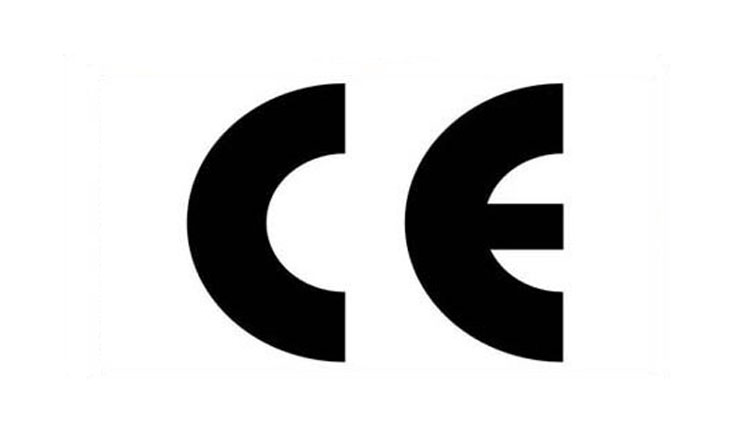What does CE marking mean? What do the initials ‘CE’ stand for?
CE marking is a declaration by the manufacturer that the product meets all the appropriate provisions of the relevant legislation implementing certain “European Directives”. “CE marking” gives companies easier access into the European market to sell their products without adaptation or rechecking. The initials “CE” do not stand for any specific words but are a declaration by the manufacturer that his product meets the requirements of the applicable European Directives.
Does my product require the CE marking?
You need to establish first which, if any, of the New Approach Directives or older Global Approach Directives applies to your product. CE marking only applies to products within the scope of these Directives. It should not be applied to products if they are outside the scope of the Directives.
The European Commission’s “Blue Guide” www.cemarking.co.in lists Directives where the CE Marking will be applicable. It is available for purchase from the above website. For specific information on the Directives, please read our relevant guidance documents (see below).
The same principles above apply to imported products. It is the responsibility of the importer / person placing the product on the market to ensure that the product is correctly CE-marked.
How do I go about getting a CE marking?
It is necessary first to establish which Directives apply to the product. It is impossible to draw up hard-and-fast rules, and it is important to seek independent and impartial advice if you are in any doubt. Guidance booklets on many of the EC Directives that contain CE marking requirements are available. The directive details can be taken from www.cemarking.co.in
It is important also to understand that not all EC Directives relating to products, e.g. the General Product Safety Directive, require CE marking, nor that a particular Directive applies to all products that could be described by its title e.g. the Machinery Directive does not apply to every conceivable product that might be termed a machine. Most of the Directives set out ‘scopes’ i.e. the range of products to which they apply.
You should therefore study the regulations implementing the Directives.
Must the CE marking appear on any packaging, in manuals or other supporting literature?
In general CE marking must appear on the product but see the individual guidance for exceptions. It may also appear on the packaging, in manuals or other supporting literature, but again it is best to study the guidance.
What is the design of the CE marking, and how big / small must it appear?
The CE mark must not be less than 5mm in its vertical height, and the proportions maintained. It is generally shown on a grid in the guidance booklets, as at the top of this page (the grid does not form part of the marking and is for information only).
This mark looks the same as some previous marks, but there are subtle changes, and it should be studied closely. It should be noted, for example, that the C and E are not formed by perfect semi-circles, i.e. the top and bottom arms extend one square beyond the semi-circles, and the middle arm of the E stops one square short.
What files / documentation must I keep? What information should those contain?
Ditto the Declaration of Conformity.
Please refer to the specific Directives and/or Regulations, and also our guidance documents available from our publications page.
Who enforces – and what would happen if I don’t CE mark a product?
Enforcement varies according to the Directives. Some are enforced by local Trading Standards Departments , others by HSE and yet others by the Medical and Healthcare Products Regulatory Agency and the Vehicle Certification Agency.
Enforcement Procedures/Penalties: Except where safety is at risk, the relevant enforcement authority will usually provide you with an opportunity to ensure that your product is correctly CE-marked. If you fail to comply then you will be obliged to take your product off the market, and you may also be liable to a fine and/or imprisonment.
What requirements do I have to meet to export my product?
CE-marking applies to the circulation of a product within the EEA. It is not required for exporting a product to non-EEA countries. You need to check on the particular regulatory requirements or standards that apply to your product in the country in question. The same standards may apply but they may also be different.
What are Notified / Approved / Competent Bodies? How can I find one?
These are bodies appointed by each member State under the appropriate national regulations to conduct third-party conformity assessment procedures to the product in question or its production processes, as required by the Directives, in order that it may be CE-marked. The procedures vary according to the Directives and third-party involvement is not compulsory for all products. Manufacturers can use the services of Notified/Approved/Competent Bodies in any member State of the European Community. Some listings of these Bodies can be obtained from the our webpages – or from the European Commission‘s website.
What standards must my product meet? Where can I get copies?
Lists of standards that provide a presumption of conformity with the EC Directives for the purposes of CE marking are available from the www.cemarking.co.in
Where can I get specific technical help?
Technical help is available with your Trade Association, and SPECTRUM
Contact Us Today or send an Enquiry for your CE Marking requirements.

